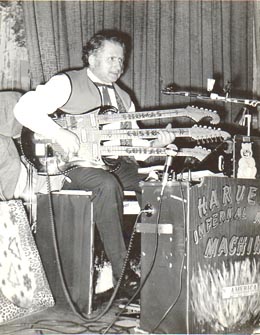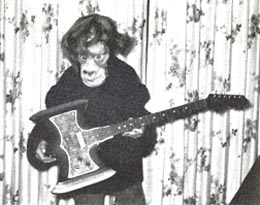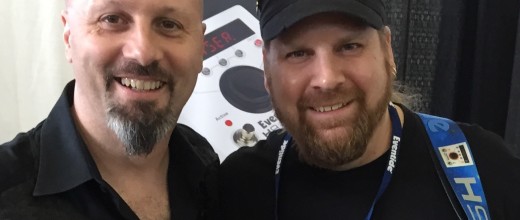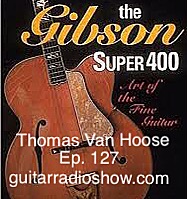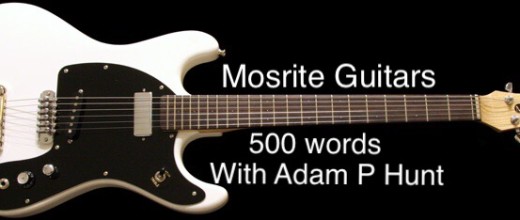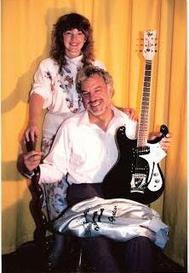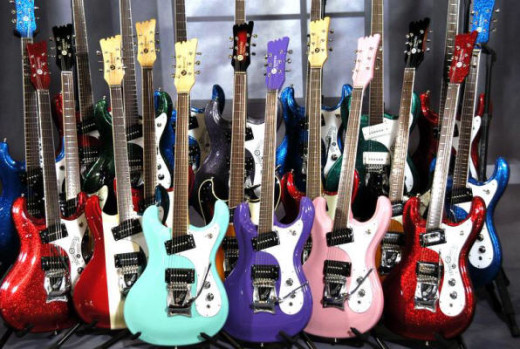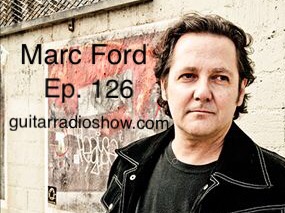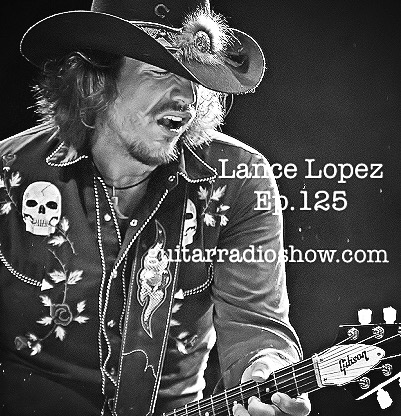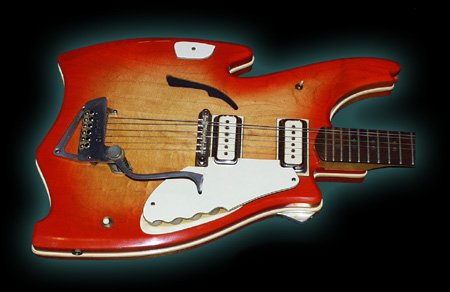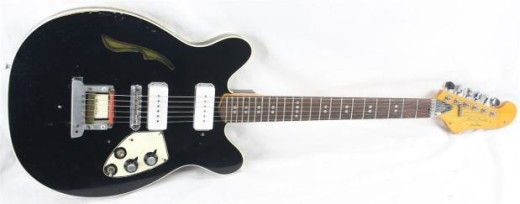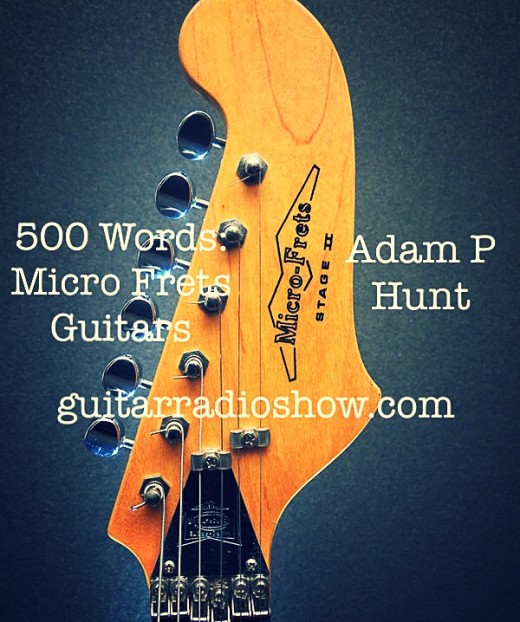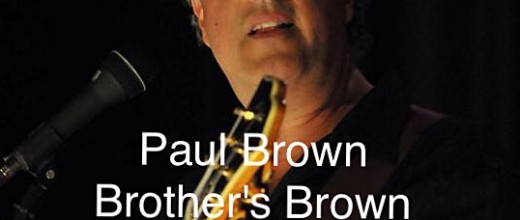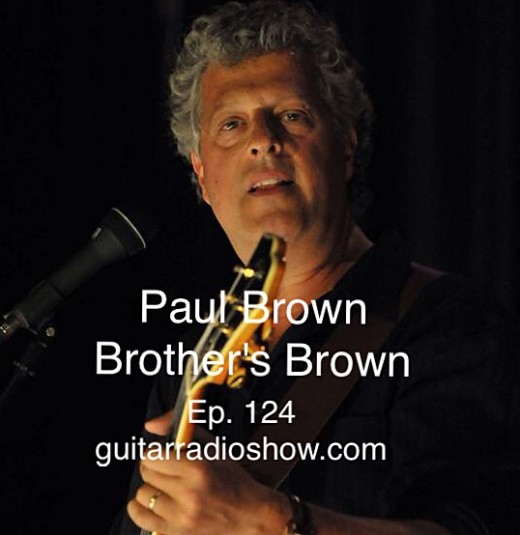500 Words Harvey Thomas Guitars
I love kooky guitars like Vox Phantoms, Burns Bisons, Microfret Orbiters. Bring them on.
I like individualistic builders like Bernie Rico, Doug Irwin, Tony Zemaitis, Andy Beech, Dean Zelinsky, and in this segment of 500 Words, I would like to talk about Harvey Thomas.
Harvey Thomas (1920-1987) was a musician and a machinist from Washington State. After modifying some of his own guitars Thomas decided he could easily make his own. Sometime in the early sixties Thomas made his first prototype guitar.
Thomson’s aesthetic was eccentric, to say the least. Perhaps partly inspired by custom car builder Ed “Big Daddy” Roth (perhaps not) Thomson’s guitars wouldn’t look out of place in a Rat Fink cartoon. Angular, outrageous, gaudy, they perfectly evoke the transitional period from the stuffiness of the 1950’s to the libertine 1960’s.
Ever the businessman Thomas heavily courted the likes of Chet Atkins and Hank Williams Jr. to endorse his guitars.
Even though Thomson wasn’t successful in luring in Atkins or Williams one of his Iron Cross themed guitars wound up in the hands of Mott the Hoople’s Ian Hunter.
It is also reported that Deke Dickerson also owns one of Harvey’s guitars too.
Taking a look of at a Thomson’s catalog one gets the sense of the range of Thomson’s work. Thomson produced semi-hollow bodies, solid bodies, double and triple necks. There are also photos of Thomson playing acoustics and reports of him making guitars covered in raccoon fur.
Sadly there doesn’t appear to be any footage of Harvey Thomas when he was playing a triple neck guitar in his one-man band. However, there is some film footage of him playing a 335-style guitar with a thumb pick.
But other than kitsch value why would you buy a Harvey Thomas? Rarity? Artist affiliation? Nostalgia?
Just buy what you like. Either a Harvey Thomas “Riot King” sets your hair on fire or it doesn’t.
I think they would be great if you were playing in a garage rock psychedelic band like Flamin Groovies, Dead Moon, or The Mummies. I’m sure they would produce a satisfyingly lo-fi sound and would look great on stage.
Part of rock ‘n’ roll is image. When Wilson Picket and Aretha Franklin went to Muscle Shoals studios they were surprised to see that the sessions guys looked like shopkeepers and accountants.
Obviously, that didn’t diminish their chops but you get the idea; rock is a visual medium.
Apparently Thomas’ guitars have the reputation for being quite playable and have been known to have very hot pickups. While larger companies like Gibson, Fender, and Gretch concentrated on making sure every nut and bolt on their guitars were beautiful Thomas took a very “get it done” approach to guitar building.
So far there doesn’t appear to be much of revival effort to revive Thomas’ guitars so if you want one originals regularly appear on eBay.


